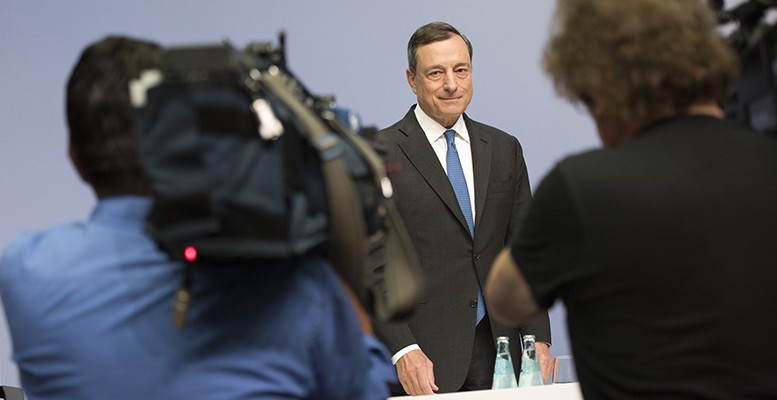The market has already priced in that the ECB will adopt new monetary stimulus measures at tomorrow’s meeting, which in theory should boost growth and inflation in the eurozone. Analysts agree that more aggressive measures are necessary, but due care must be taken not to damage financial stability.
The risk is robbing Peter to pay Paul. The measures the ECB is preparing include trimming the deposit rate by a further -10% (currently it stands at -0.20%). Within the context of a liquidity surplus, this is the key interest rate in terms of market expectations and it also defines the interest rate for short-term assets.
According to Afi experts, this measure may cause collateral damage for the banking sector, given that the drop in rates on assets happens much faster than the fall in the cost of liabilities.
The European banking industry’s poor profitability is a worry for the supervising authorities, and rate cuts are not the best medicine for boosting banking activity. So the ECB will have to maximise caution to minimise these collateral effects.
Apart from taking action on the deposit facility, the ECB could also increase the volume of monthly debt purchases by a maximum additional 35 billion euros, which would be on top of the current 65 billion. It is also apparently open to extending the current programme beyond September 2016.
The ECB’s aggressive policies, as opposed to the Fed, are producing another collateral effect: the sharp depreciation of the euro against the dollar. The European currency started off the week around 1,05 dollars, its lowest level in the last seven months. In November, the currency lost over 4% and in the last 12 months it has plummeted by around 15%.
The prolonged decline in the euro exchange rate is positive for eurozone exports, but it increases the price of imports, including energy, something which is in very short supply in the eurozone. Fortunately, the currency’s depreciation has coincided with the sharp drop in oil prices.
The euro’s collapse has been aggravated by the divergence in the monetary policies of the ECB and the Fed, although it should be made clear that the central banks act independently of the fluctuations in the exchange rate.





